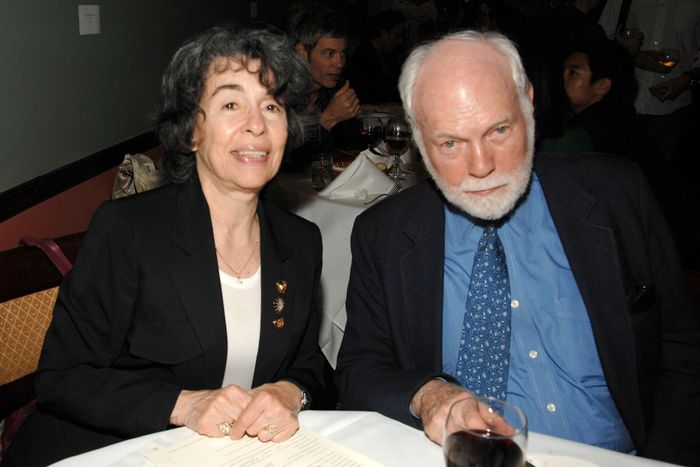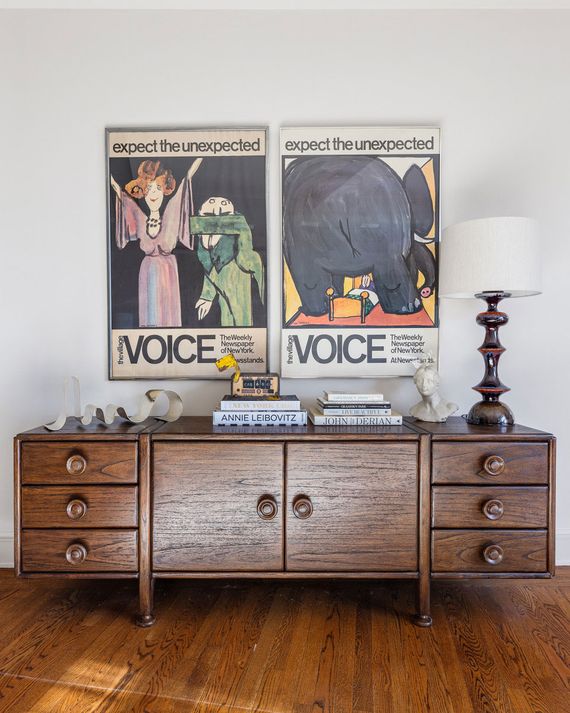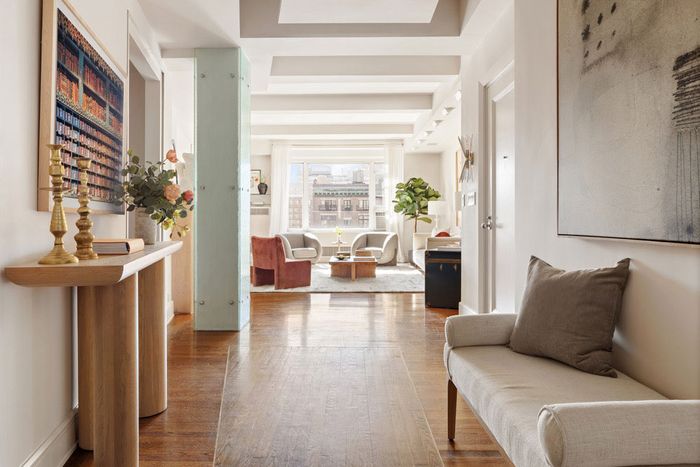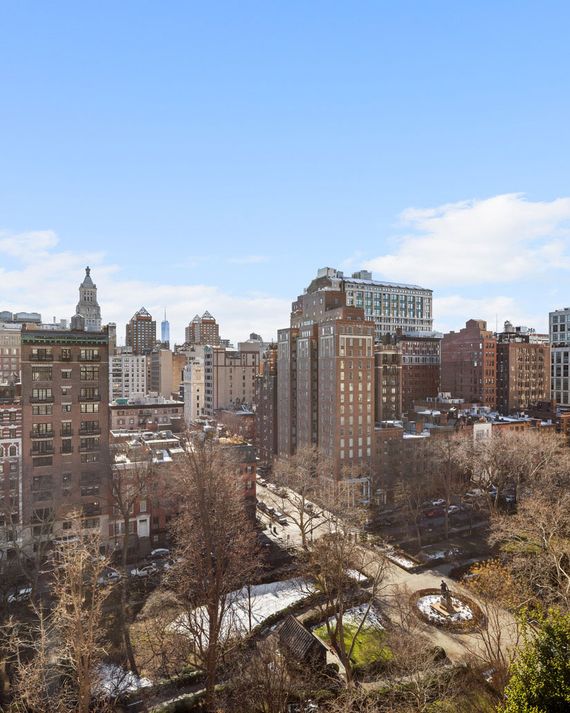
Not a lot of people made real money off The Village Voice. But Ed Fancher did. Which seems fair — the paper consumed 19 years of his life. As publisher, he was responsible for rustling up money to fund a money-losing enterprise. And he had to do that by getting rich New Yorkers to care about what they probably didn’t: independent journalism, and whatever was happening downtown.
Fancher was pulled into all this in the first place by his college friend Dan Wolf, who convinced him to spend $5,000 of his own money to found a paper that Wolf could edit. (Their third partner, Norman Mailer, wrote a column but left quickly.) At the start, the alt weekly couldn’t afford to pay writers, which led to its open, free style. “Who were they to tell writers what to write, when they could barely pay them?” remembered staffer Lucian Truscott IV. Editors also didn’t pay themselves. Fancher survived by working part-time at a moving company, then at a psychology clinic. (That’s what he was studying when he met Wolf, and he would go on to work as a Freudian psychoanalyst, a psychotherapist, and as president of the New York School for Psychoanalytic Psychotherapy and Psychoanalysis.)
Thanks to Fancher’s hustle, the Voice actually managed to turn profitable. In 1970, the founders and their partners sold for $3 million — or $24 million today. Four years later, they were pushed out, filed a lawsuit, and got a settlement of another $485,000 — or $2.9 million in 2024. Some of this fortune went to creditors and to the benefactors that Fancher had found, but even Wolf made enough to buy a “gorgeous apartment on Fifth Avenue,” according to an oral history of the paper.
Fancher apparently did too. He and Vivian Kramer, a guidance counselor and writer, bought a penthouse in a co-op at 40 Fifth Avenue with two terraces and a greenhouse. That’s where they raised their children, Emily and Bruce. Once the kids moved out, “They didn’t need all that space,” says Bruce, who remembers that in 2009, his parents got an offer that they couldn’t refuse: The founder of Chipotle was willing to pay $11 million. When they looked for their new place, they were drawn to Gramercy Park. Ed Fancher already spent time there because of his membership in the Silurians Press Club and the National Arts Club, which had its home on Gramercy Park South. On the north side of the park, where apartments got southern light, a three-bedroom on the 14th floor of 45 Gramercy Park North— 14B — was up for sale in 2010 for $3.975 million. They moved in.
Apartments in the building, a 16-story co-op built in 1926, were designed as classic floor-throughs, with living areas overlooking the park, and a warren of small rooms designed for maids to live and work in the rear. Over the years, owners opened up the layouts, and the last resident in 14B went even further, making the space less boxy by angling a wall that separates the living and sleeping areas. That created a bigger, wedge-shaped entry that led to a triangular living room. And even teensy details in the apartment followed the new line — like an angled kitchen counter, or a trapezoidal inlay in the wooden floor.
The extended family met in the apartment for holidays and birthdays. Ed Fancher continued working in an office with a built-in desk, writing articles for psychoanalytic journals and tooling away on a memoir of his service in World War II. Then Vivian died in 2020. And then he had trouble walking. Bruce, who lived a short walk away, would visit almost daily, wheeling his father out to Gramercy Park to enjoy the fresh air and listening to audiobooks upstairs. They were halfway through a history of Alexander the Great when Fancher died last fall.
When Bruce listed the apartment, he followed the broker’s instructions to clear it out. But broker Lynne Lerner happened to come by when Bruce was carrying out posters advertising The Village Voice. She stopped him. The posters could stay. “They’re really wonderful,” she said. “They’re part of his legacy.”









